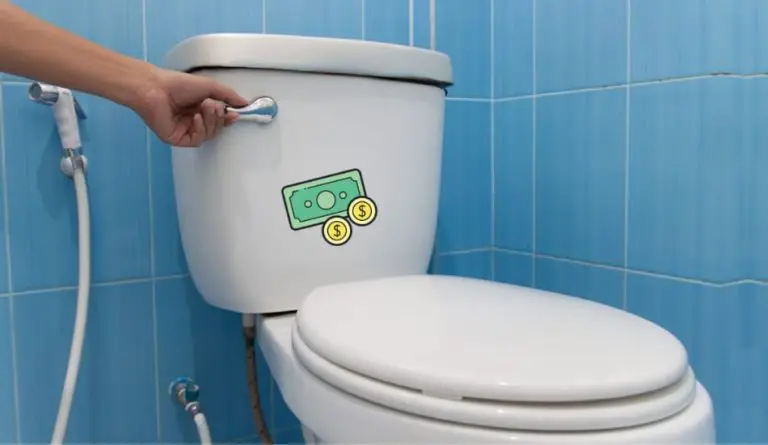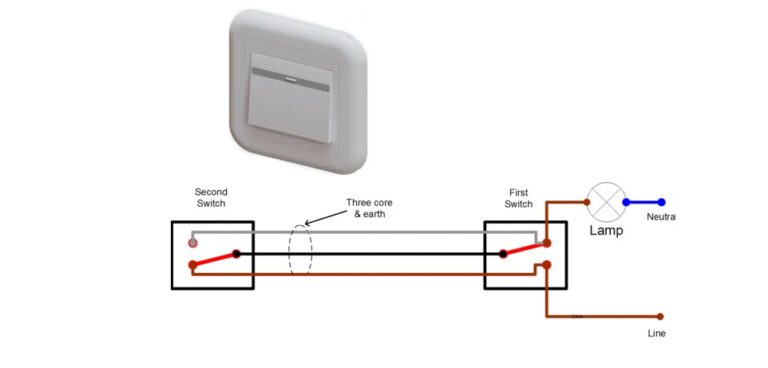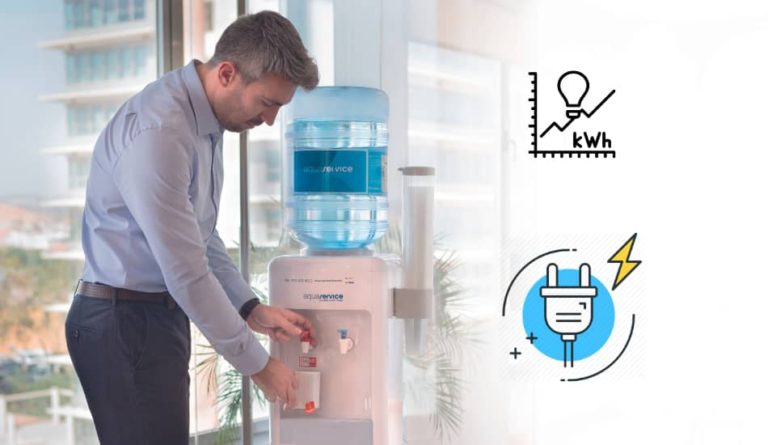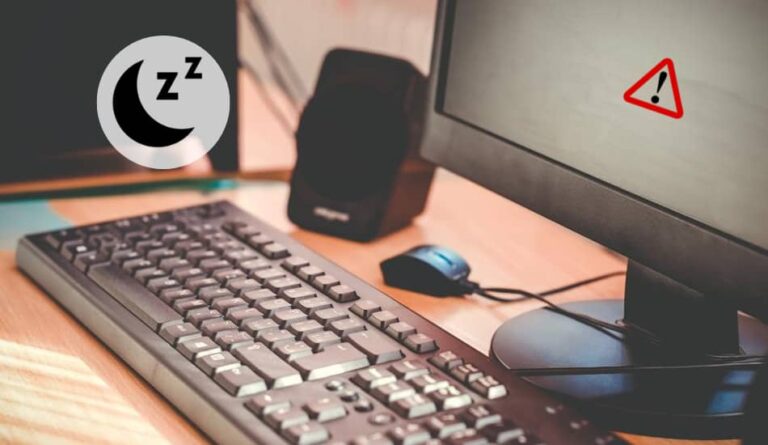How to Improve Radiator Performance? 5 Effective Ways
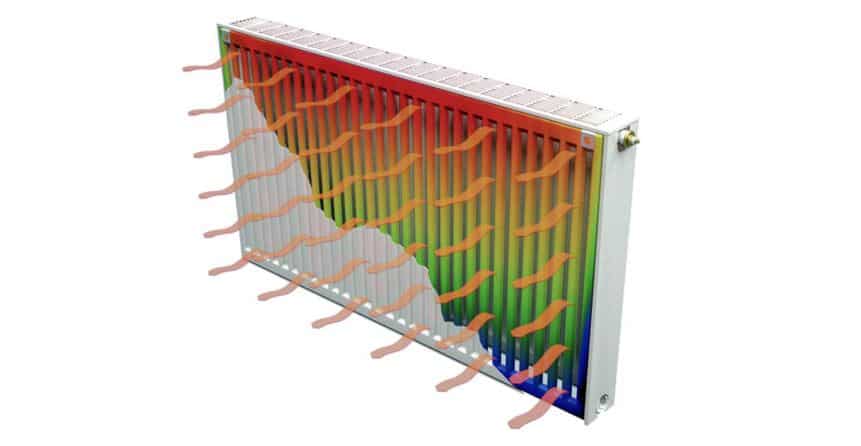
Radiator performance is something that homeowners should be concerned with. If your home’s radiator system isn’t performing to the best of its ability, you are likely wasting money on heating costs. It may seem easy enough to fix this problem by replacing a faulty component, but more complex underlying issues could be at play.
To ensure that your heating system is working properly and to save money on pricey bills, it’s important for you to get the unit serviced annually. This will also help maintain safety standards by ensuring that any problems are identified quickly before they become dangerous or expensive issue.
Radiators are an important part of the heating system and as such, you should do all in your power to make sure they perform at their best. However, even with this being said there are some things that may need attention too!
The problem of energy efficiency of already installed heating radiators is of concern to a fairly large number of people. Everyone wants to have a cozy and warm home without having to completely change the radiators. In this article, we will show you 5 ways how to increase the performance of radiators in your home. So, let’s start.
| 5 Ways to Improve Radiator Performance: |
| 1. Remove Dirt From Radiators |
| 2. Change the Color of Radiator |
| 3. Installing a Thin Aluminum Sheet Shield To Stop Heating Loss |
| 4. Installation of the Mayevsky Crane |
| 5. Additional Device to Increase Heat Transfer |
Table of Contents
5 Proven Ways To Improve Radiator Performance
1. Remove Dirt From Radiators
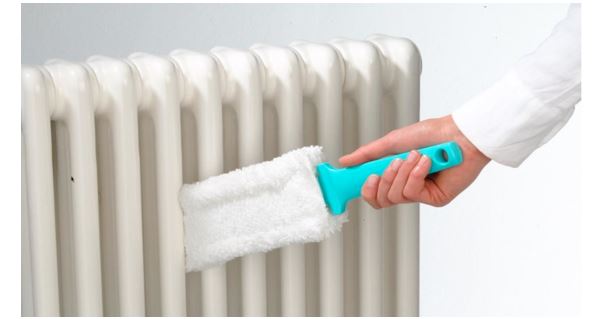
Many of you will be surprised at this fact, but dirty and dusty heating radiators do not work as efficiently as they could. Dust can create a layer of insulation, and it lowers the performance of your radiator. Therefore, to get maximum efficiency from your radiator, you need to clean it up and get rid of the dust by using a vacuum. Therefore, their cleanliness must be monitored not only for sanitary and hygienic reasons but also so that they can fully warm your home.
TIP: Regularly clean the dust and dirt from radiators. By the way, if the radiator is partially or completely covered with furniture, this will also affect its heat transfer. It is recommended, if possible, not to place cabinets and similar furniture in front of the radiators.
2. Change the Color of Radiator
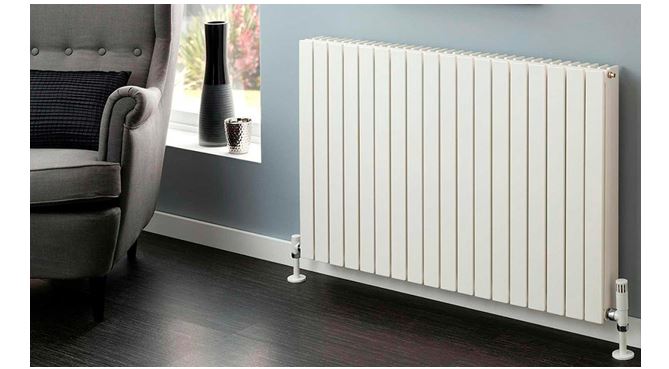
It is recommended that you paint radiators in light colors. Did you know that the standard white radiators have 20-25% lower heat dissipation than the one that are painted in darker colors? Coloured radiators that are painted in matt black are the most efficient radiator colour choice. If you are not satisfied with the energy efficiency of the installed radiators, try repainting them in bronze, brown, or dark beige.
At the same time, do not forget to carefully remove the old paint so that its layer does not reduce the radiator’s ability to heat the room. For painting, choose special enamels for radiators in which thermal insulation has minimum values.
3. Installing a Thin Aluminum Sheet Shield To Stop Heating Loss
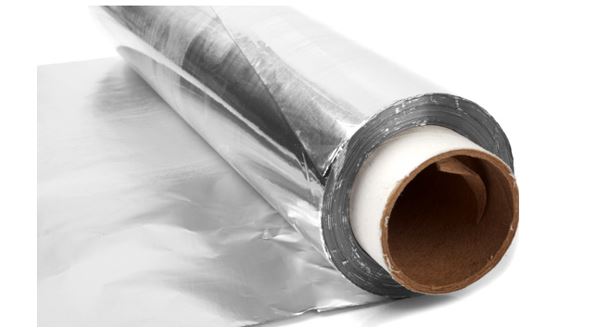
Radiators that are placed on exterior walls will lose 50% of their heat from the back. This means it is important to take advantage of your radiator and use it as a way to release some warmth into cooler rooms in your house, like bedrooms or bathrooms with windows so you can cool down after showering during hot days. To stop this, you must use reflectors, like the thin aluminum sheet, to stop the transfer of heat from the house.
Radiators heat not only the room but also the wall on which they are installed. Thus, some of the useful heat is lost, which could raise the temperature in the room. To avoid this, a heat-reflecting shield made of a thin sheet of aluminum of an appropriate size can be installed behind the radiator.
It will also be effective to cover the wall with ordinary foil. It can be fixed to the insulation or simply glued onto a thin sheet of cardboard and tucked behind the radiator so that it covers the entire wall behind it.
4. Installation of the Mayevsky Crane
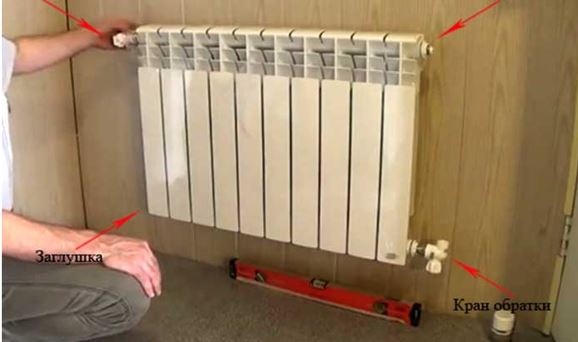
The Mayevsky Crane is a very useful tool that will eliminate air pockets and increase the efficiency of the radiator. Often, the low energy efficiency of radiators that are installed long time ago is explained by the appearance of traffic jams from the air or a blockage from the inside. Purging the radiator with such a faucet will solve both problems.
5. Additional Device to Increase Heat Transfer

The problem of low efficiency of the radiator can also be solved without adding additional sections. Their role can be played with an ordinary cooler from a computer. It will act as a fan, directing heat into the room. To do this, you can simply wind it on the side of the radiator. So you will increase the speed of air movement in the area of the heating radiator, respectively, increase the temperature in the room by 5-7 degrees.
Bonus Tip: Way To Increase The Radiator Performance
The process for heating systems in normal homes is to transfer heat from water to air. However, the water within the system lacks a few things; luckily, additives can help you change this and alter how much of that heat will be transferred- meaning your liquid inside the radiator heats up quickly and stays hot all day long. Also, once it reaches its set temperature, it won’t have to stay on forever – saving your pockets!
Does a Bigger Radiator Give More Heat?
Yes, the bigger radiator will produce more heat. In order for a radiator to emit the maximum amount of heat, it is important that they be as long and wide as possible. This will provide more surface area for their heating efficiency, ultimately leading to increased warmth output.
However, remember that if you are going with panels instead of tubes then make sure they have at least two so there can still be adequate space between them all while keeping each panel heated.
Final Thoughts
In this article, you can see five simple ways that you can use to increase the efficiency of your radiators to get the most out of them. These are the simplest ways that do not require large financial investments and hassle that really work. Well, if, after applying them, the heat is still not enough, perhaps it’s time for you to think about changing the radiator to a more efficient model. I hope that we helped you.


